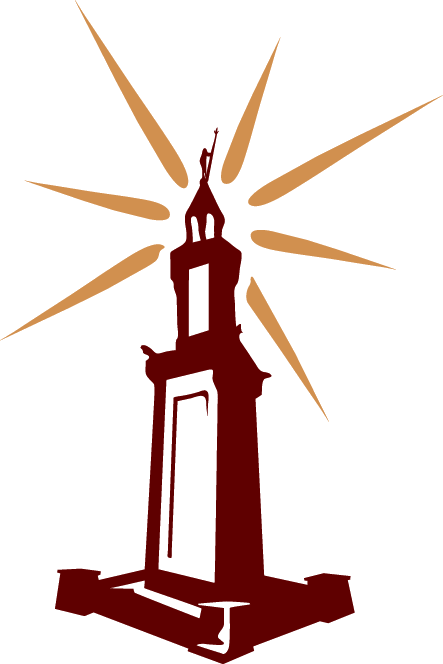Acknowledgements
Acknowledgements Publication of this volume was made possible by the generous support of the Center for Hellenic Studies, Harvard University, and the Ilex Foundation. The essays in this volume largely derive from presentations at the Aarhus Old Norse Mythology Conference held at Harvard University, 30 October–1 November 2013. The funding for the conference itself was provided by The Royal Gustav Adolf Academy, Uppsala; The Provostial Fund at Harvard University; and… Read more
